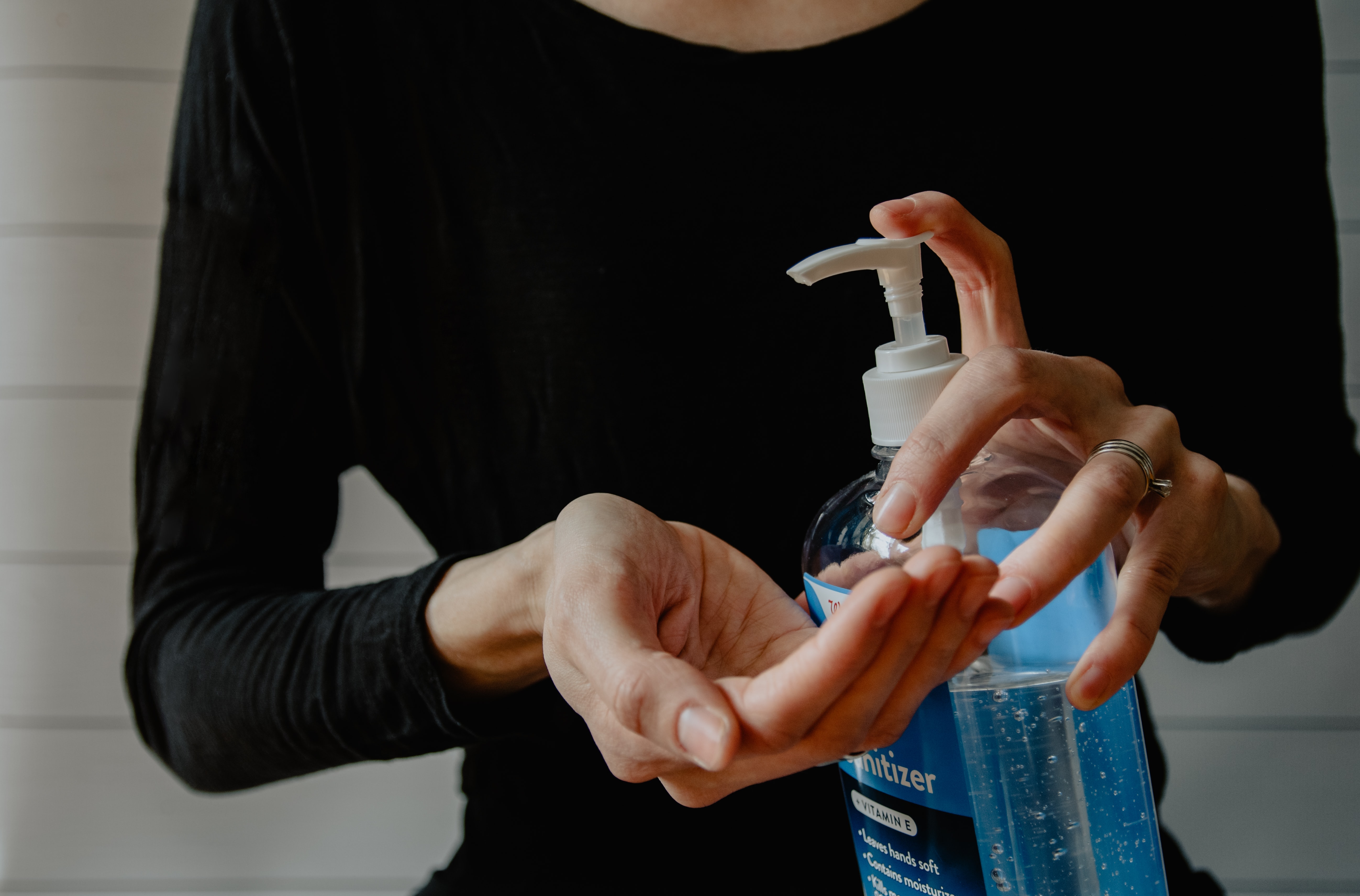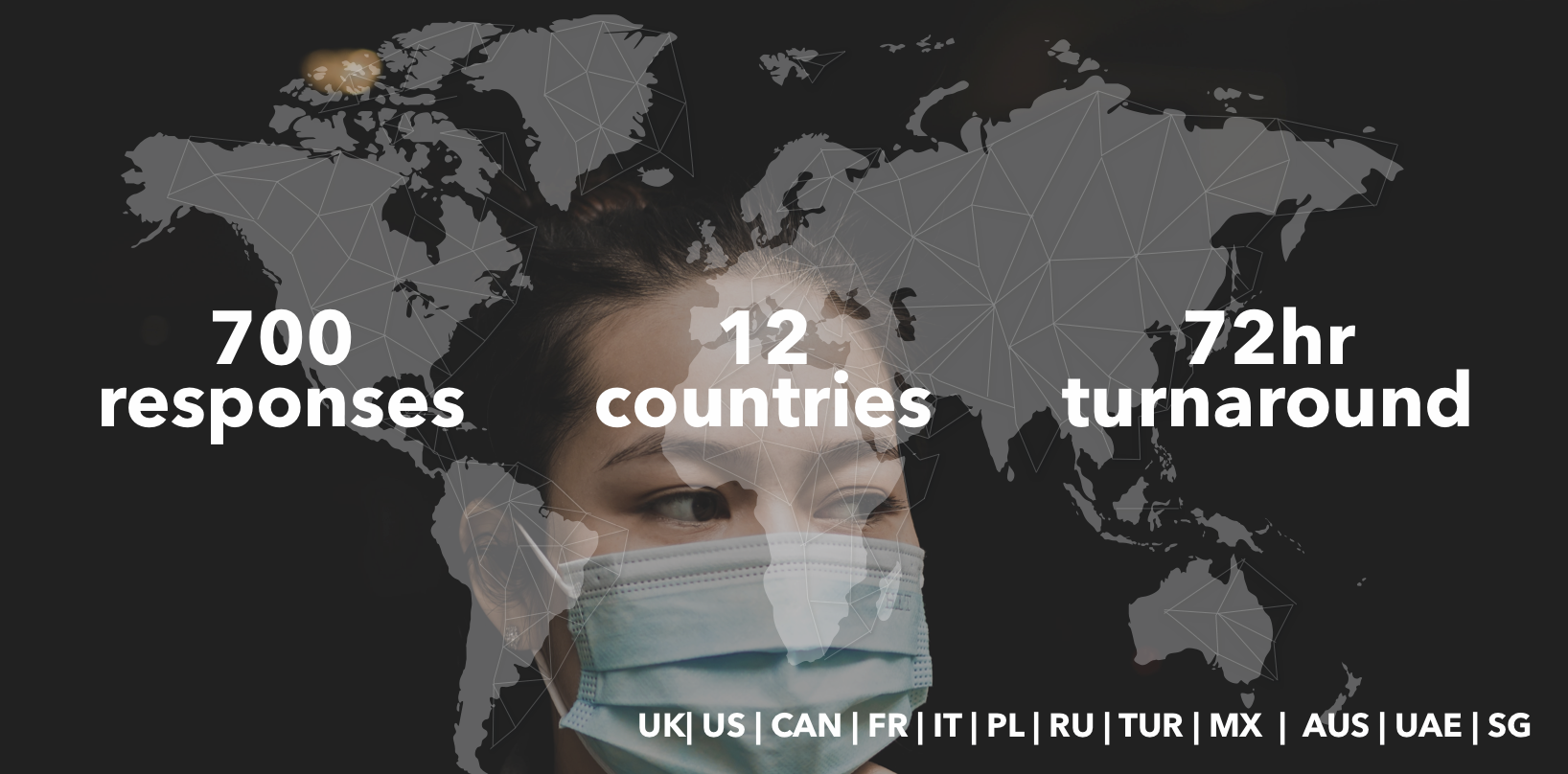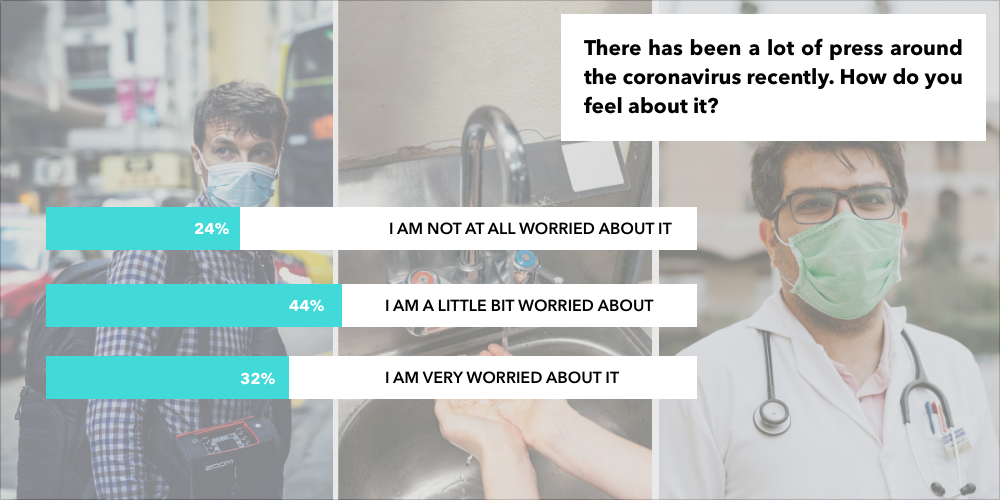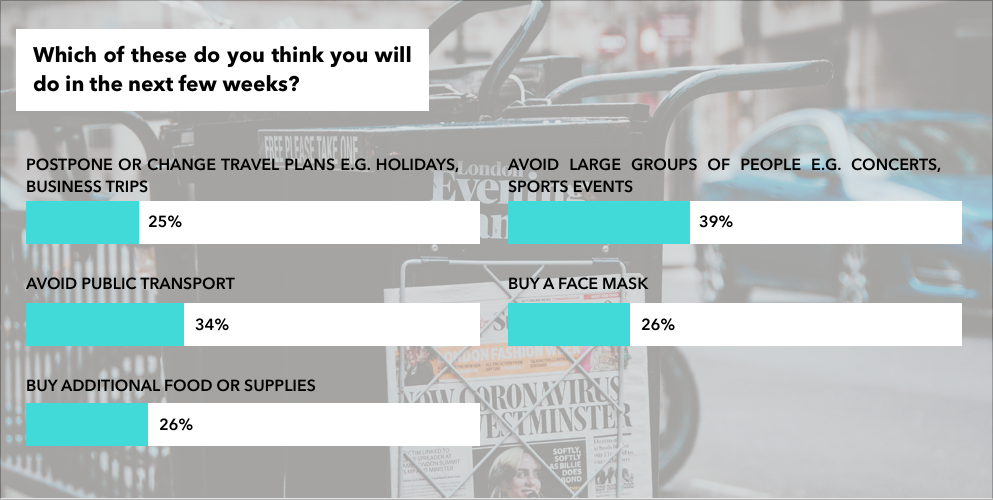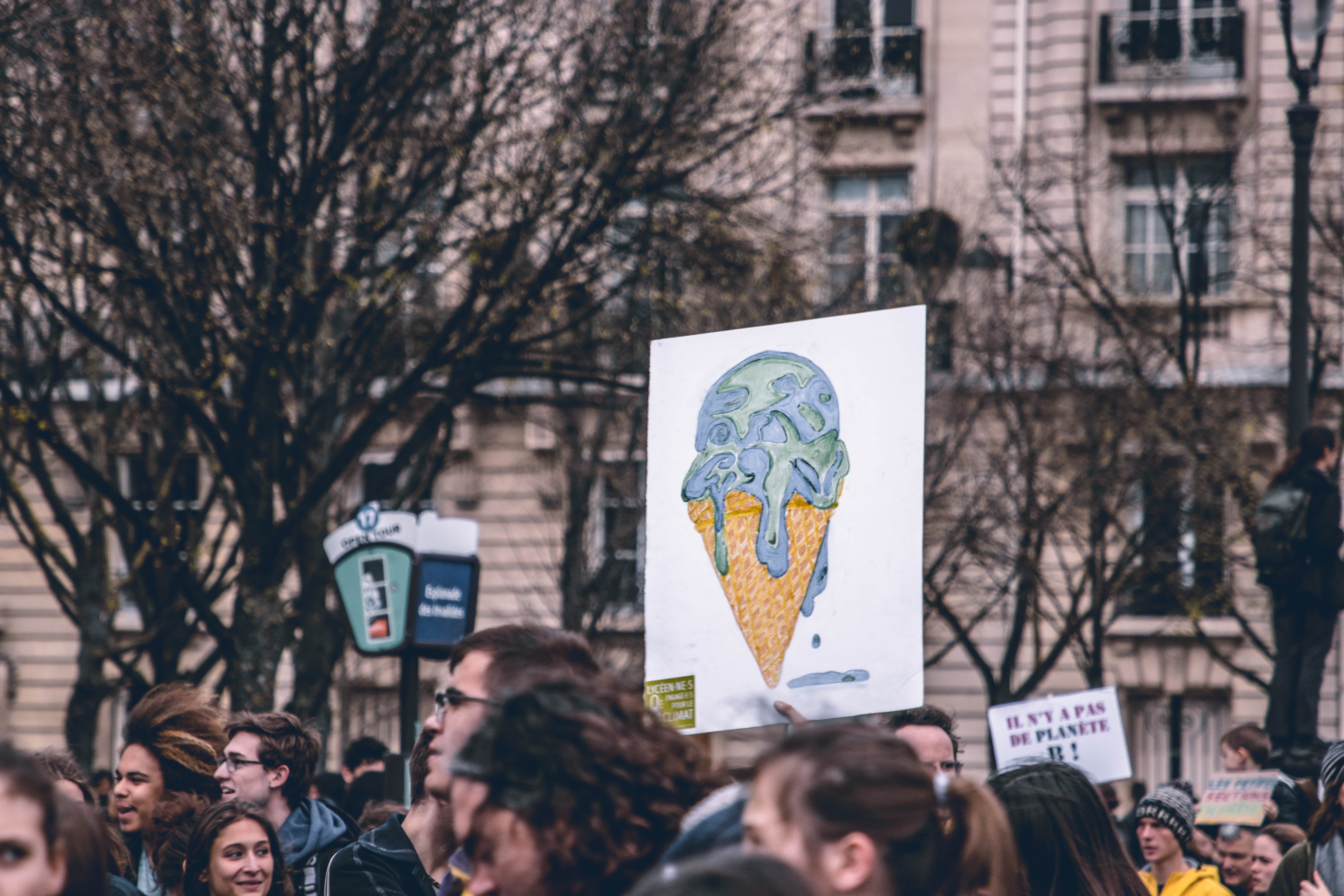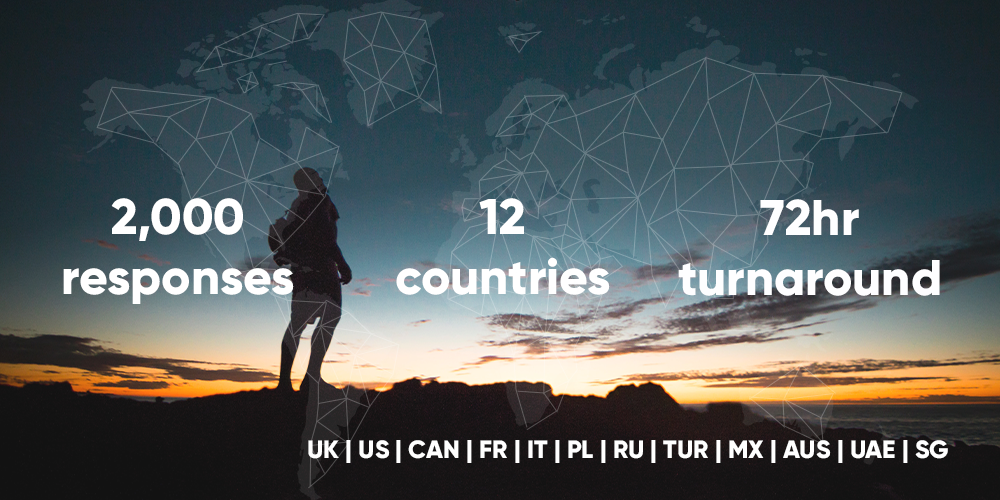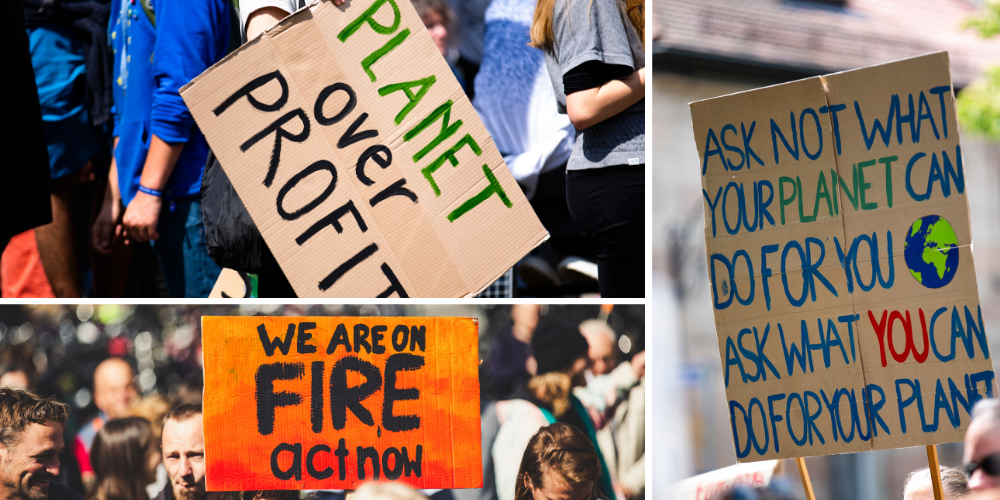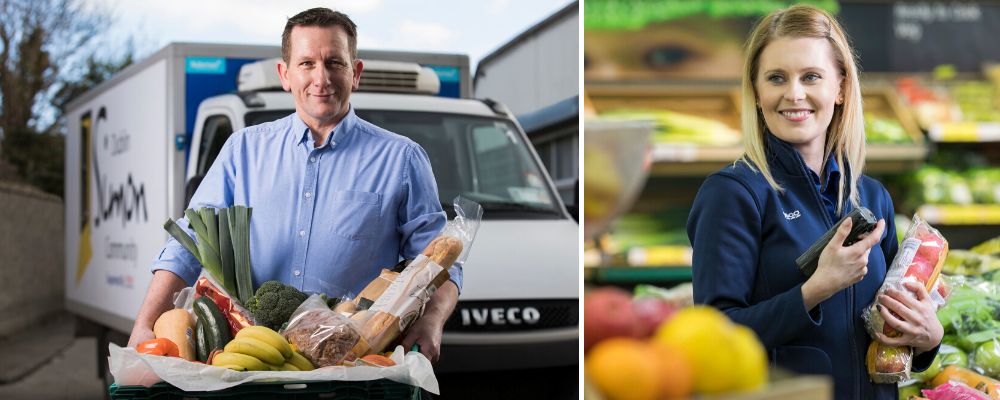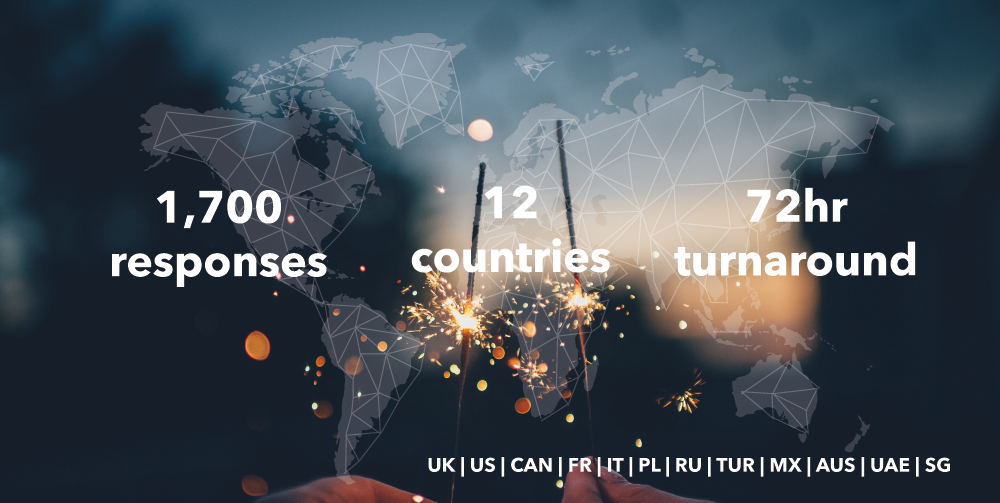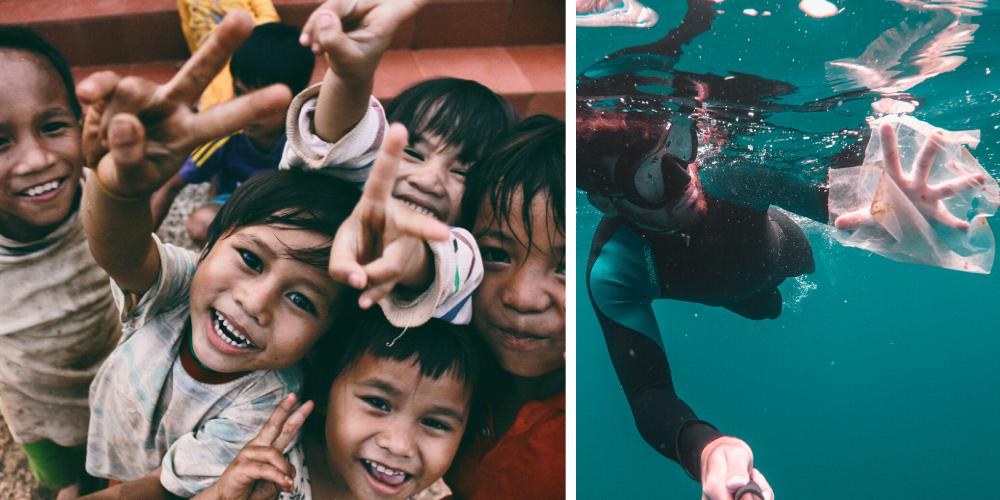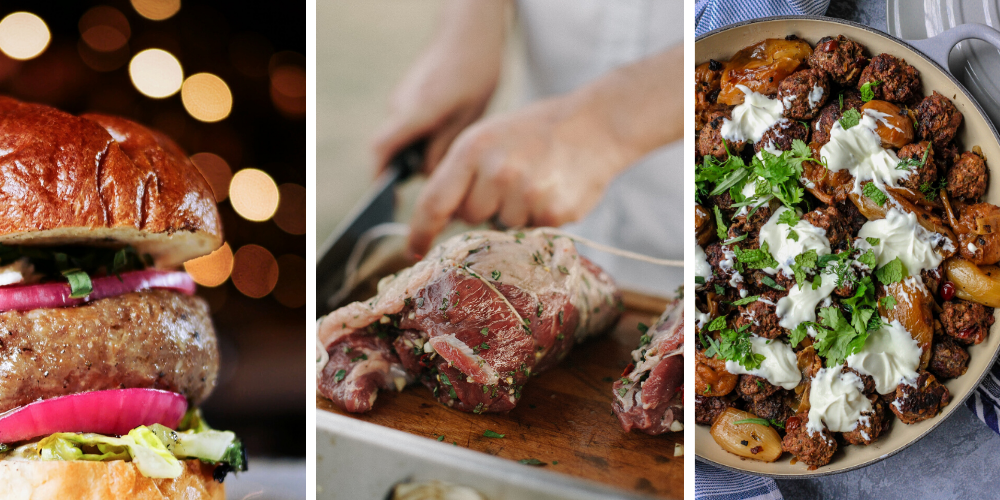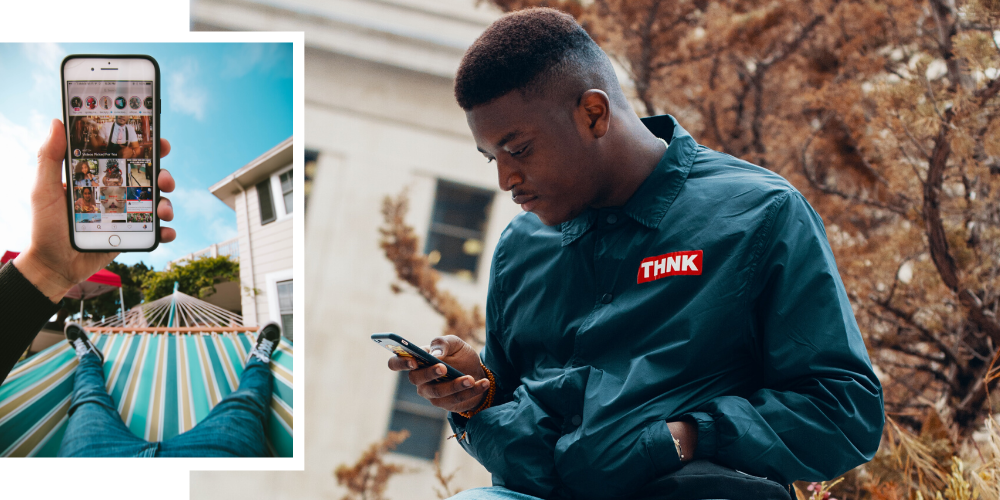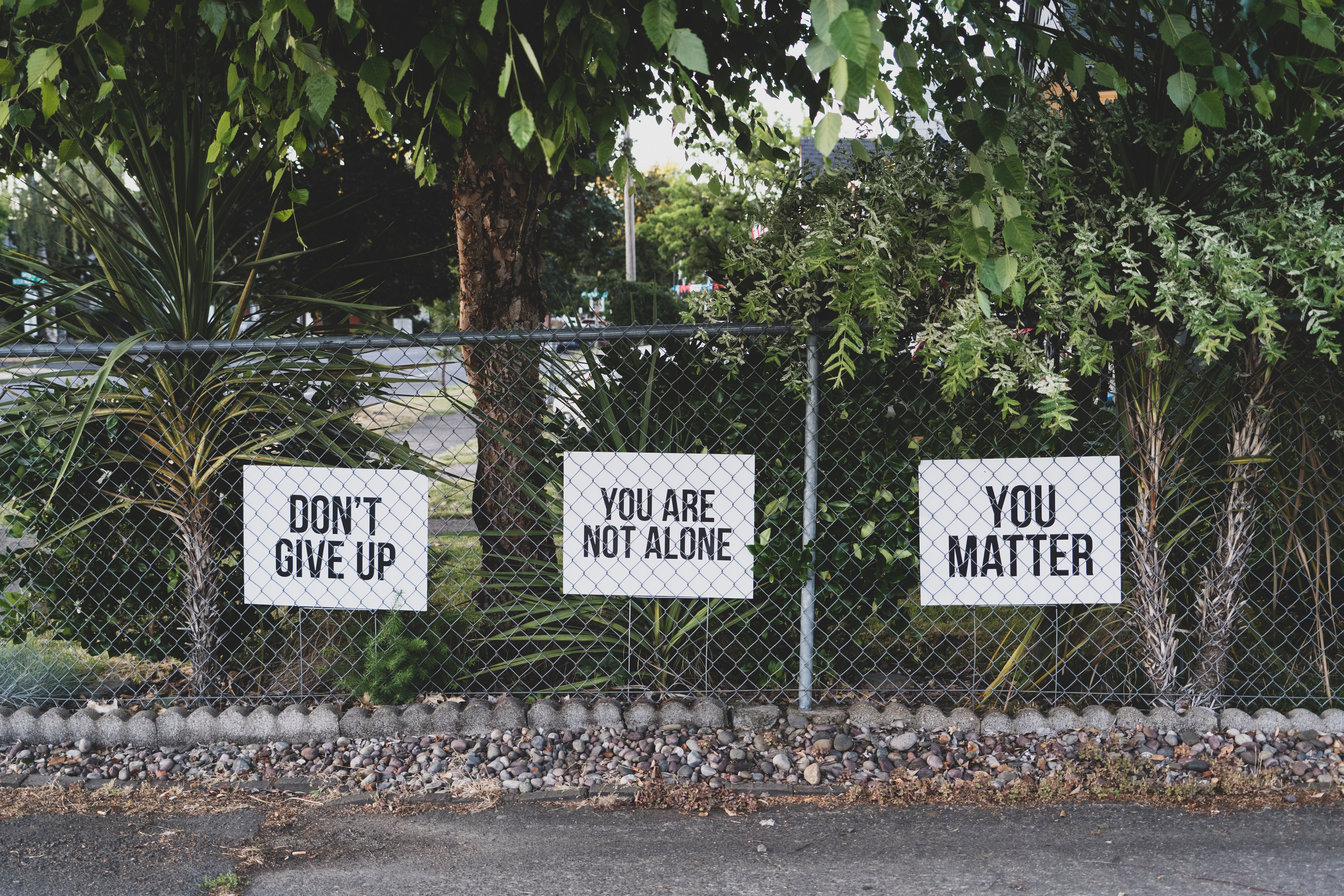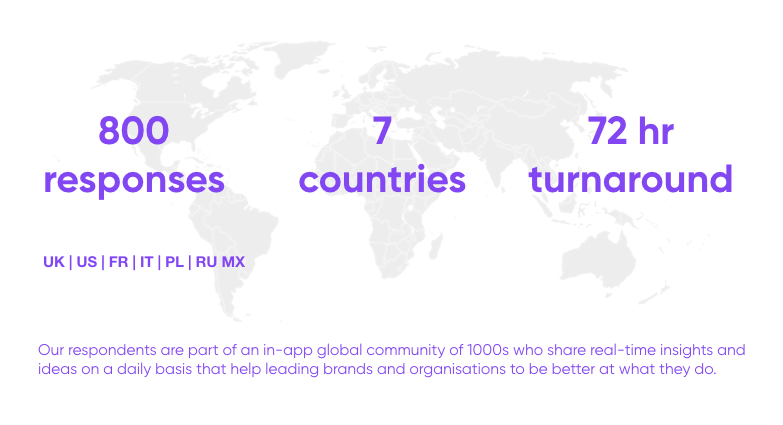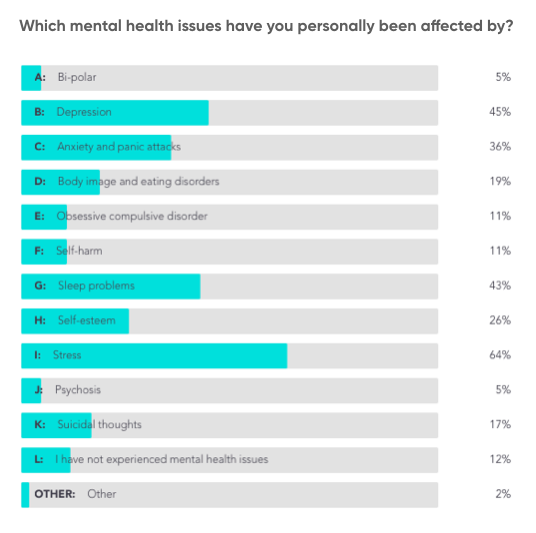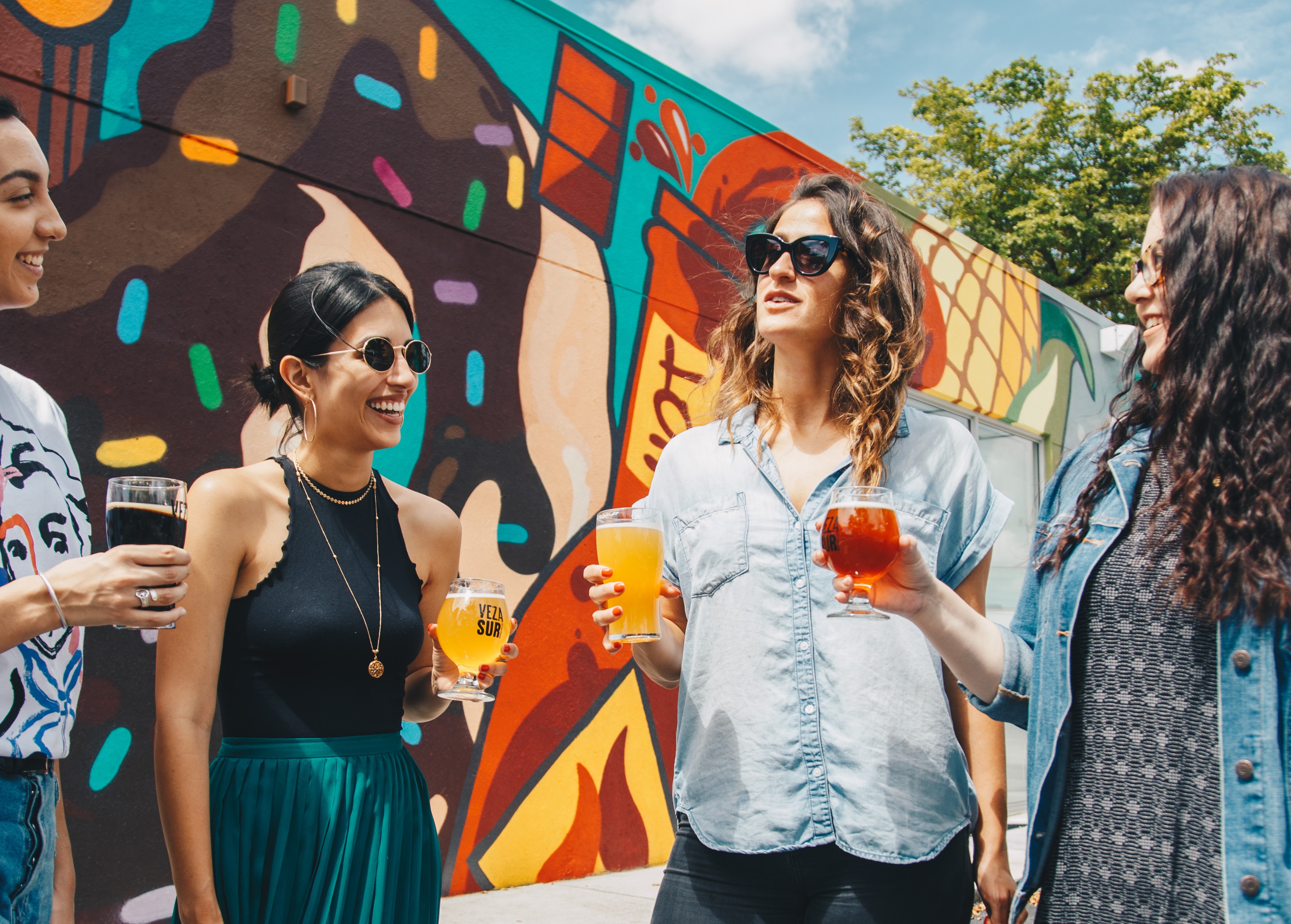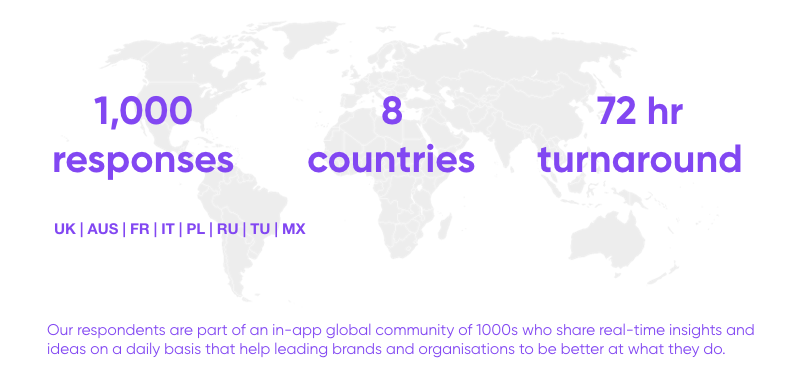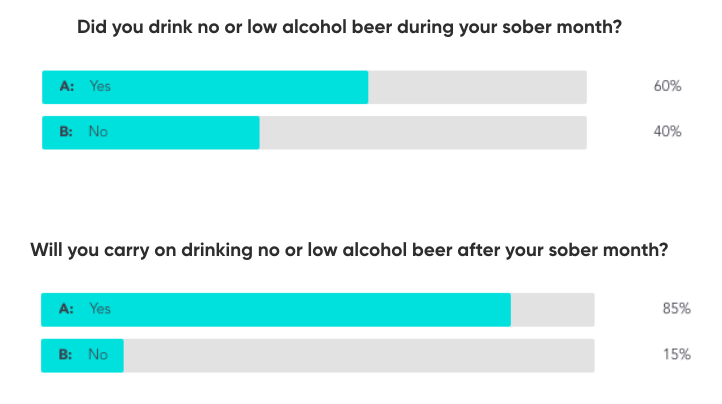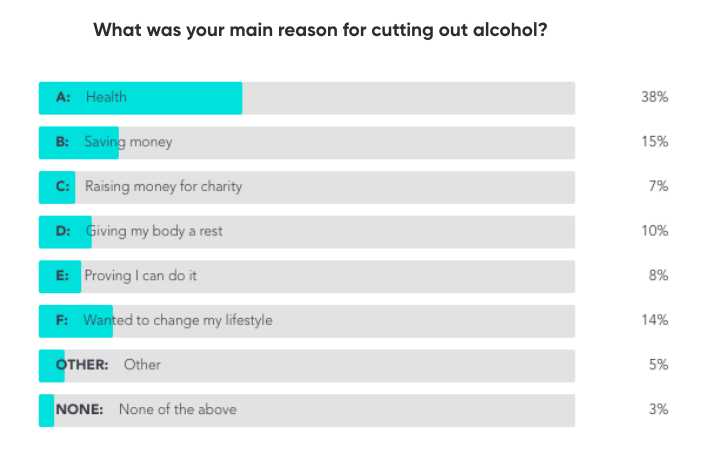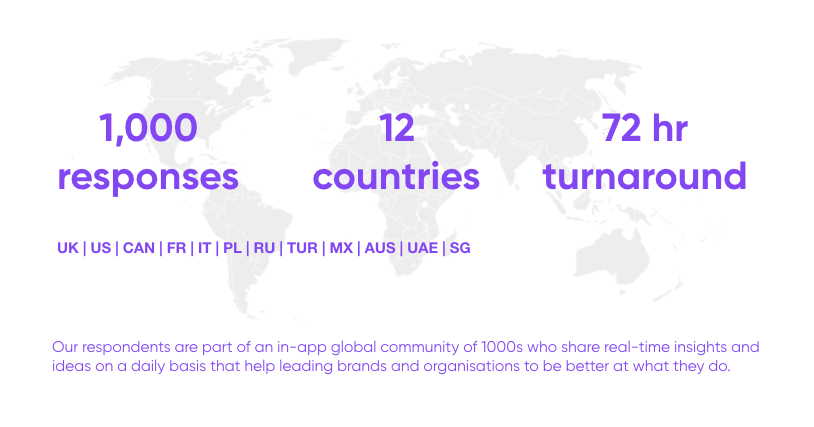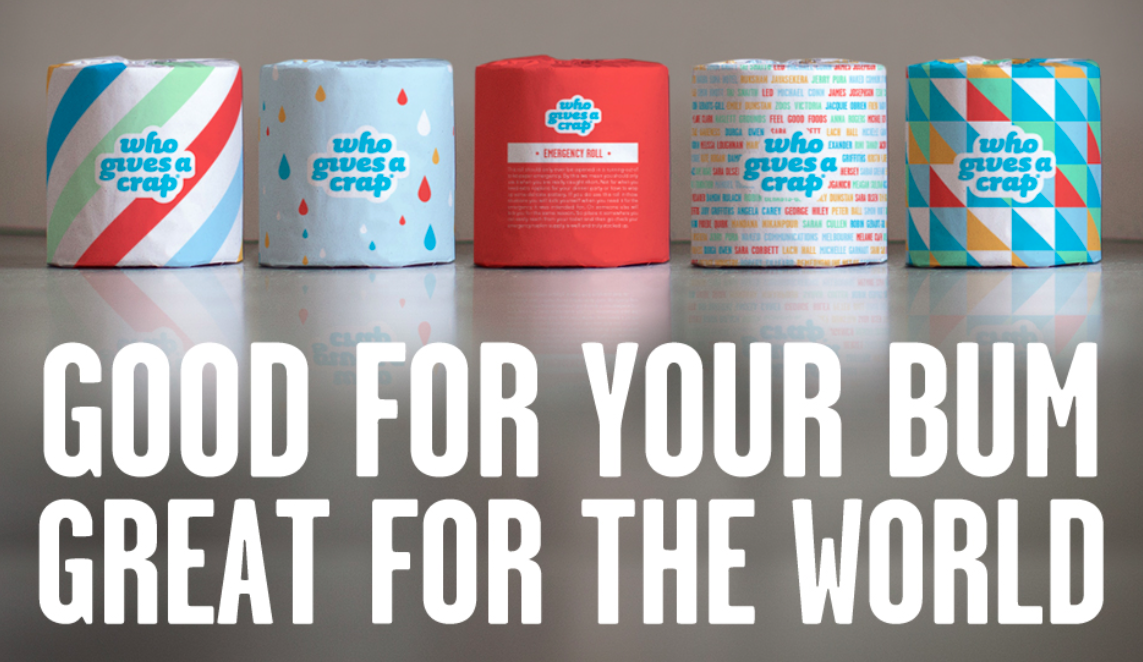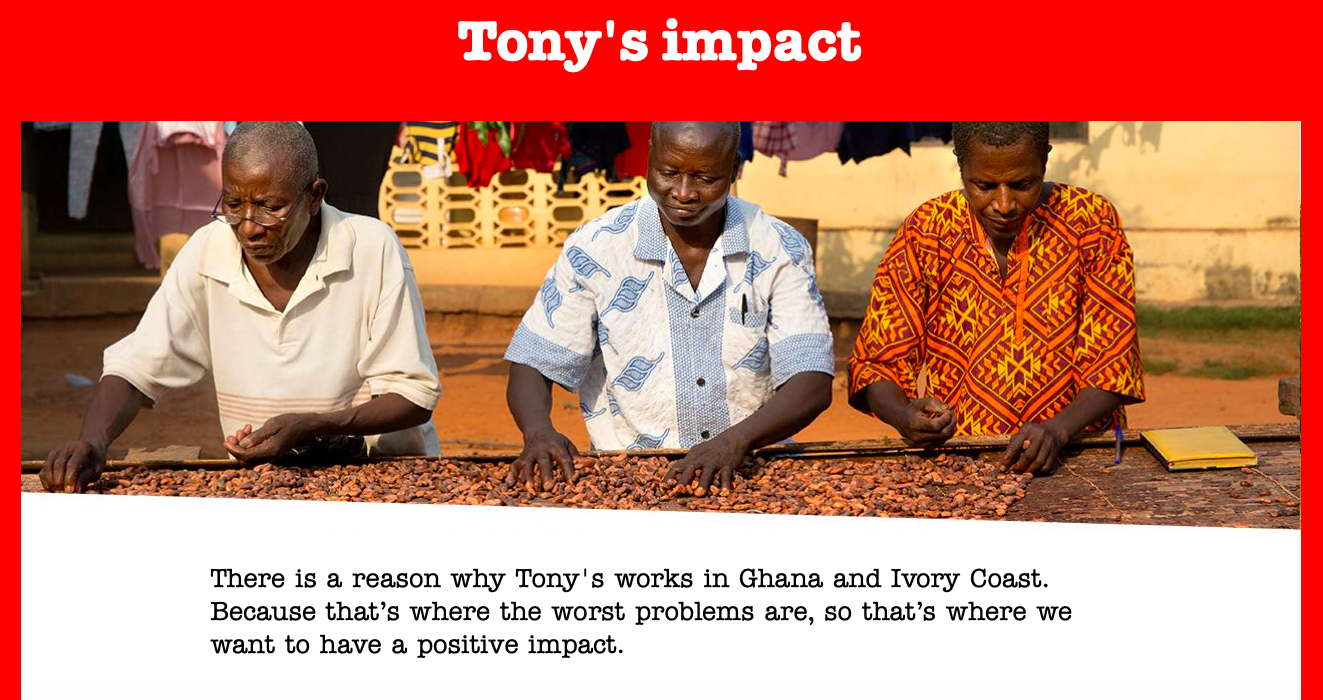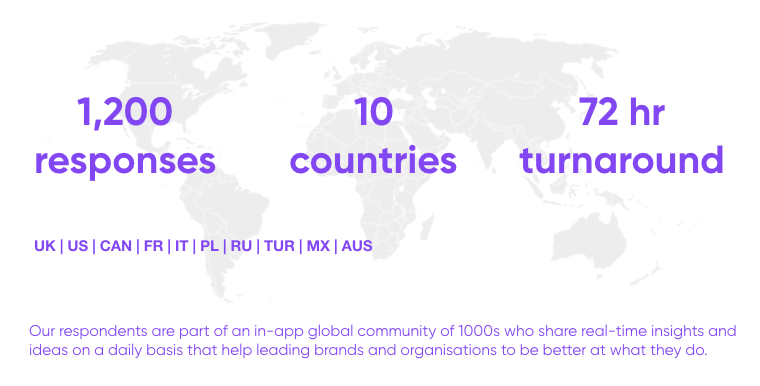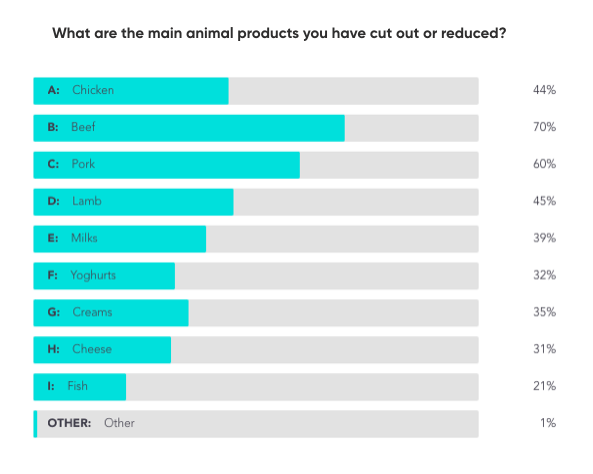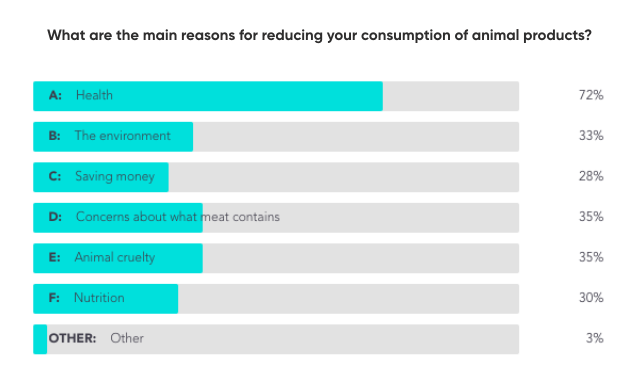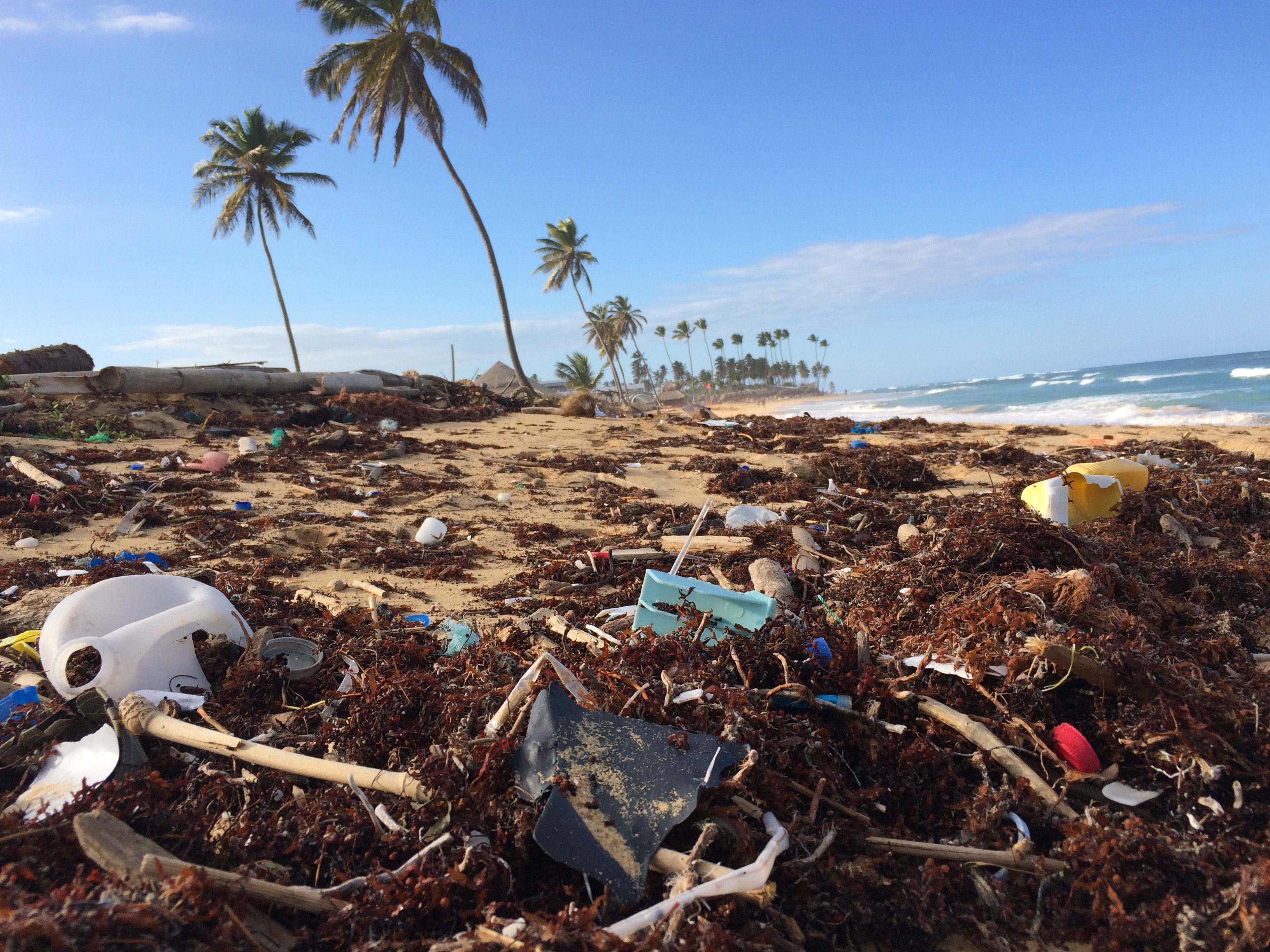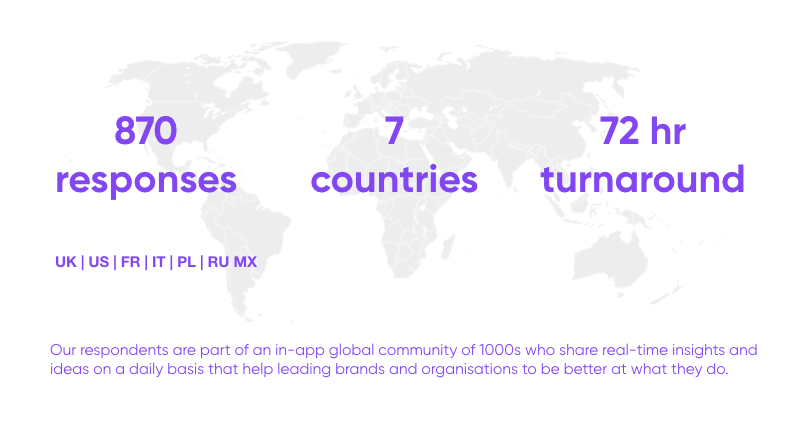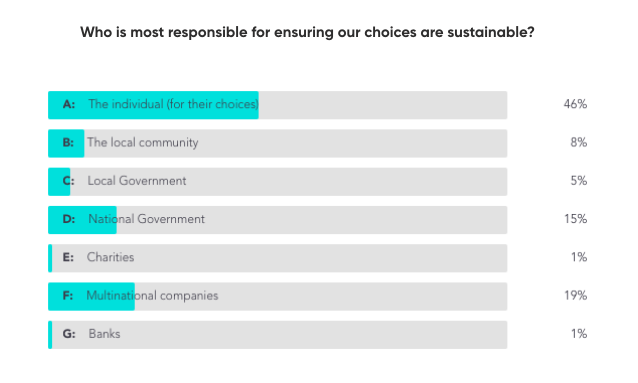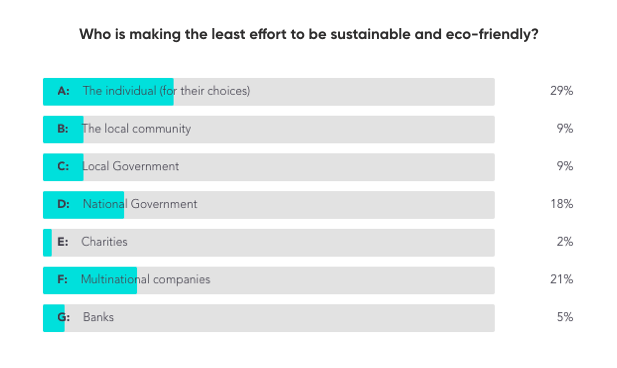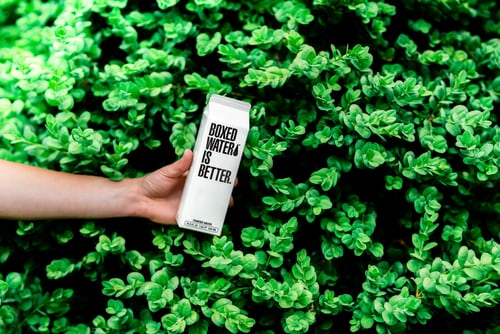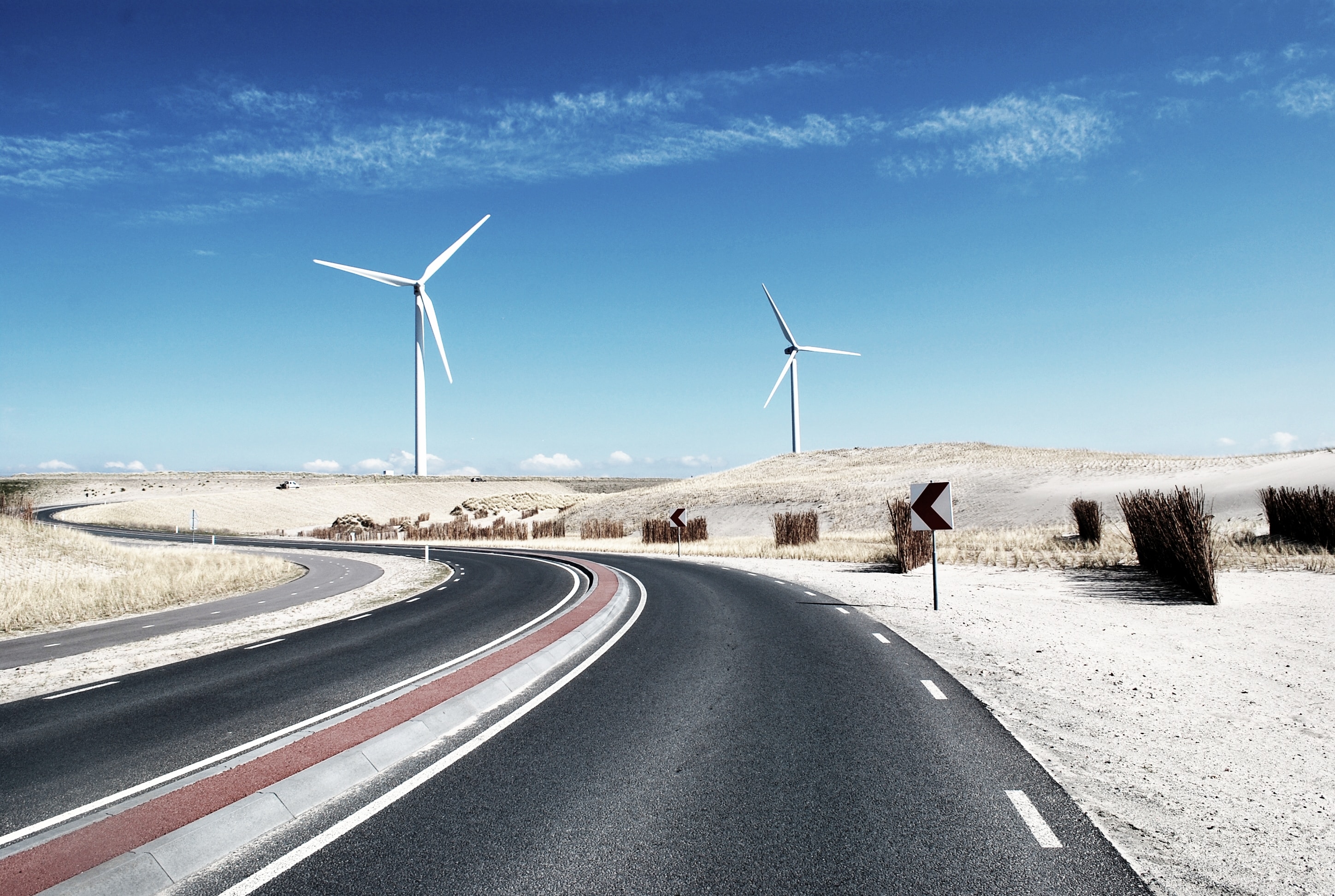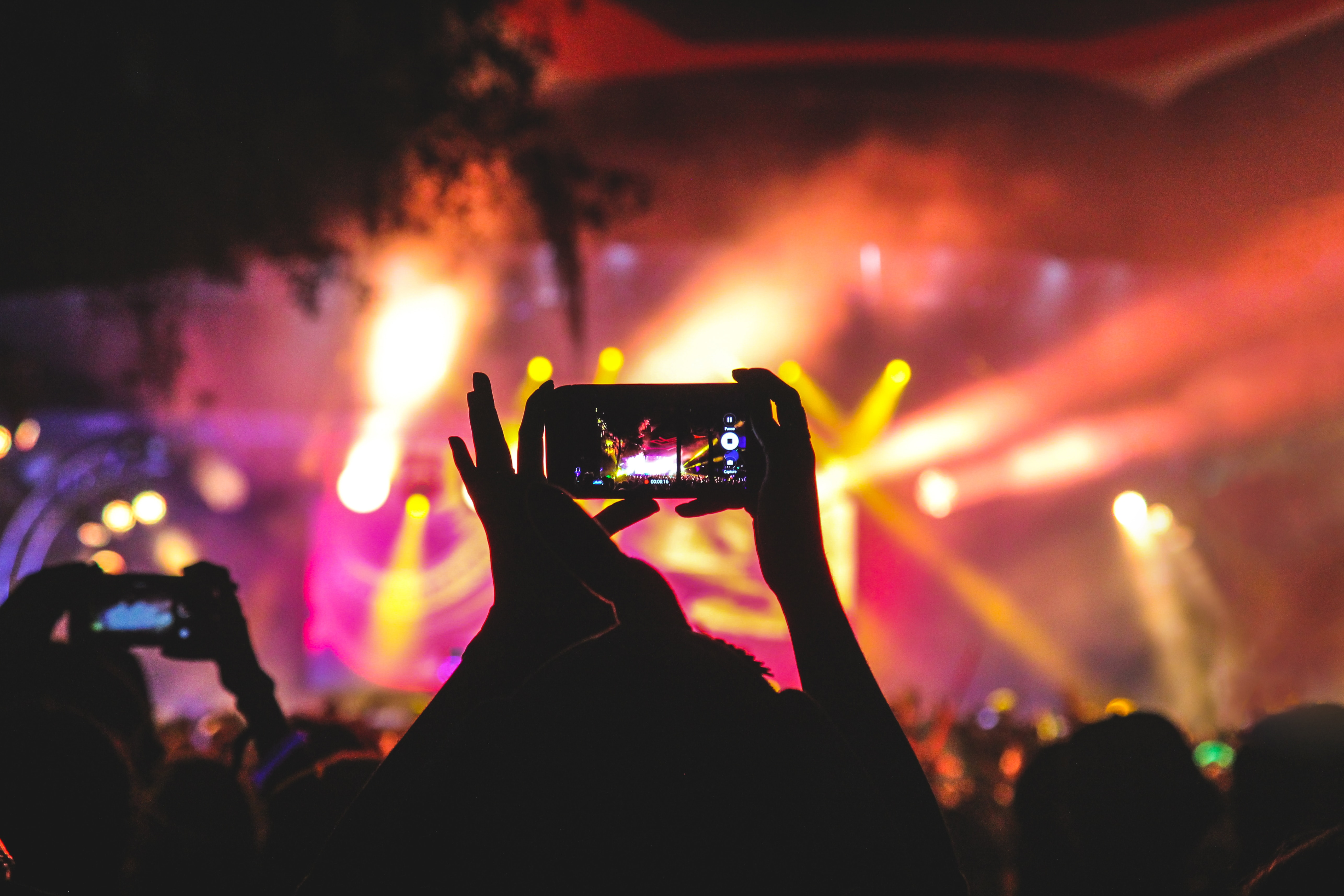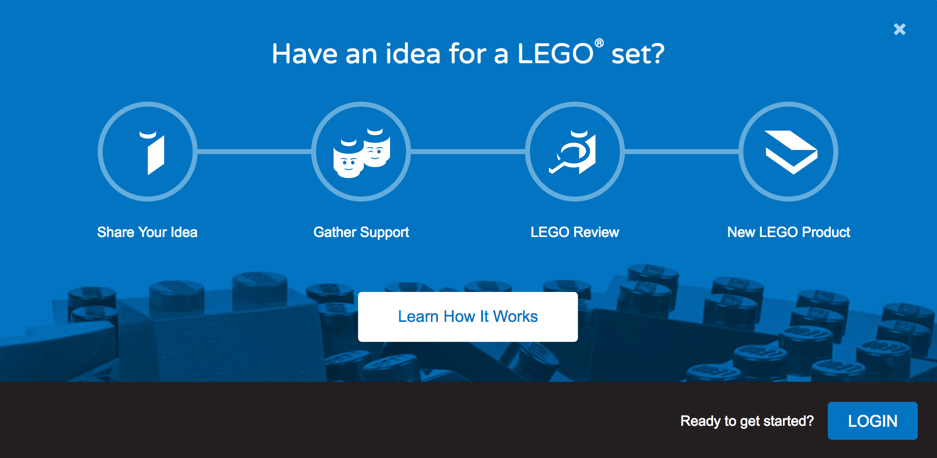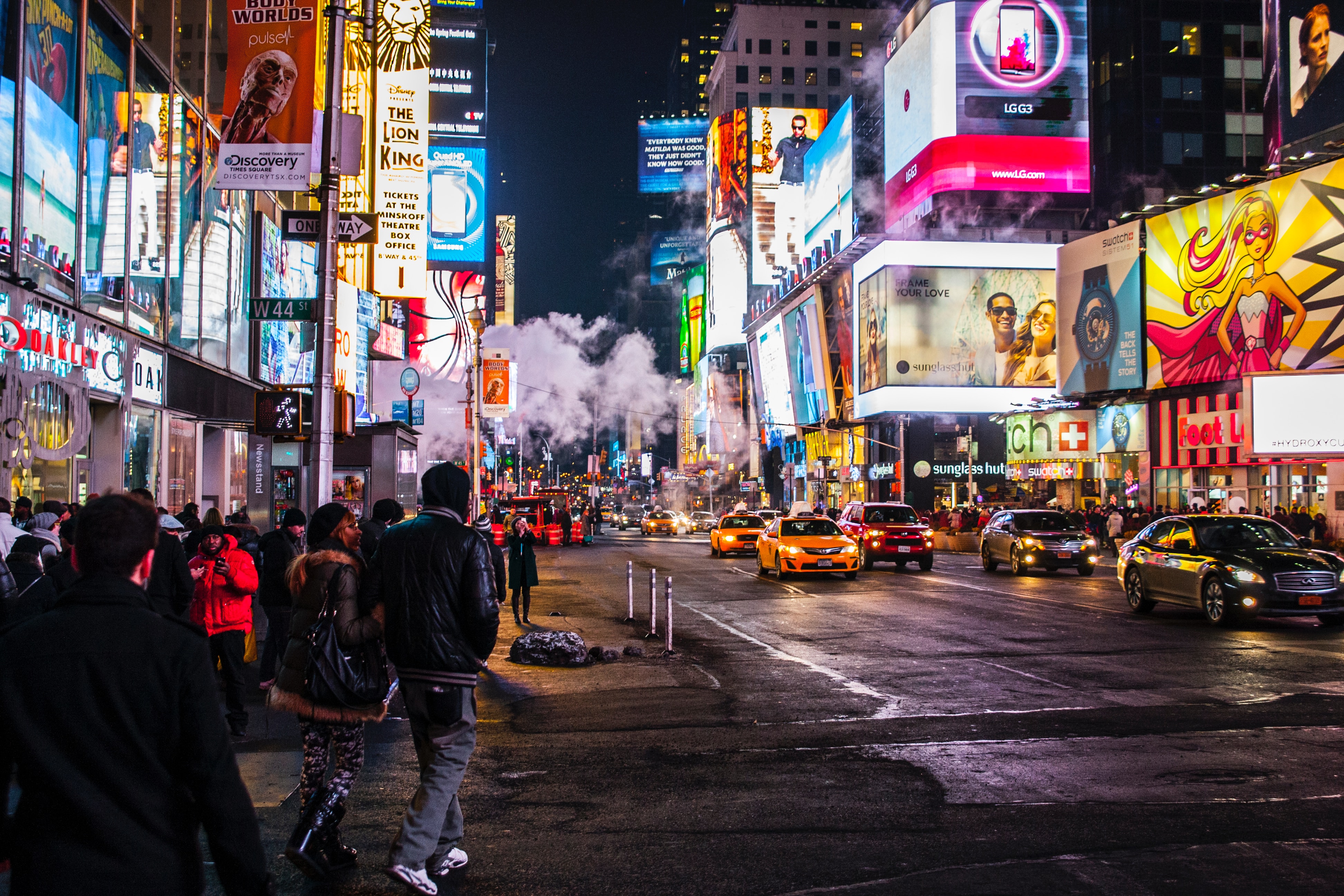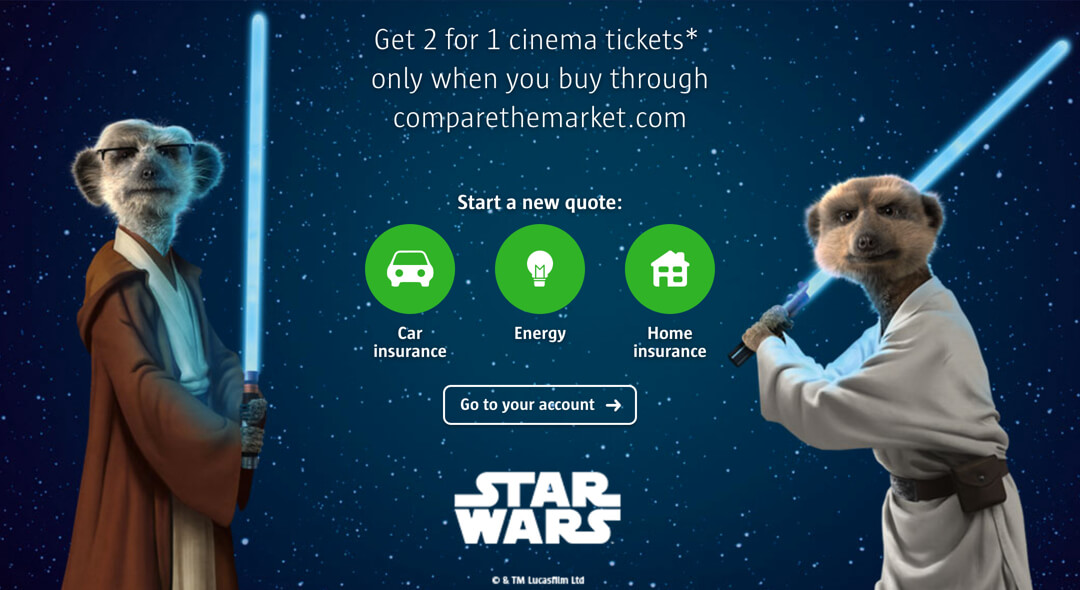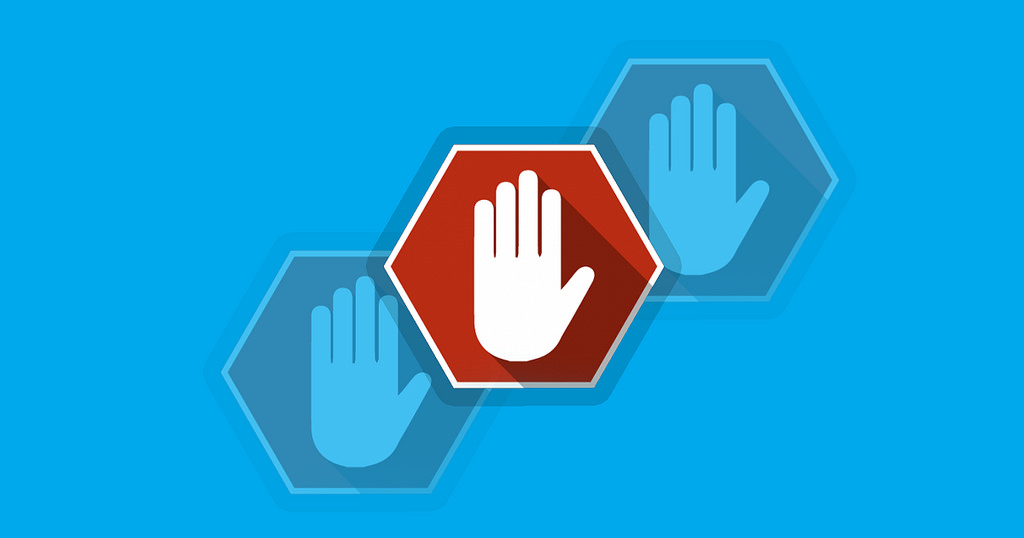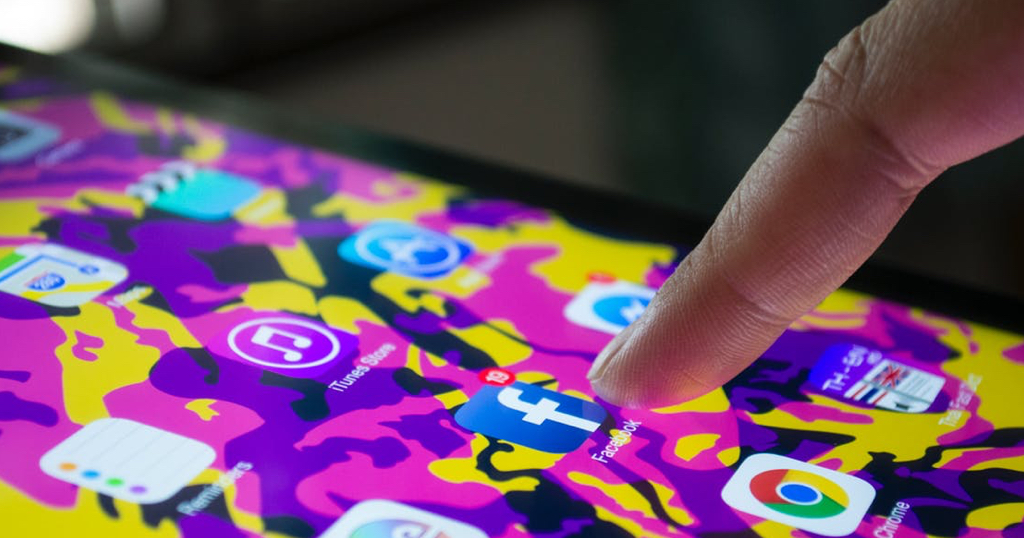Covid-19 Tracker Week Two: Up to 60% of people leverage new tech as isolation becomes the ‘new norm’

Our Covid-19 Tracker charts the changing daily attitudes and behaviours of 1000s of global consumers – capturing real customer voice and forecasting future consumer trends.

Mental Health
• Another week of fear and sadness – anxiety levels average at over 70%. The UK, US and France experience the worst levels of anxiety as infection rates soar.
• Negativity continues to dominate feelings. Sentiment towards the new Covid-19 world is negative in anecdotal responses – ranging from 50% to 83% across communities.
• Worries about family members catching the virus continues to be the number one concern.
• Financial worries are becoming more prevalent in Brazil and Italy.

Shopping
• Online Shopping continues to increase across the majority of our communities.
• Stockpiling begins to stagnate or decline across all our European communities. This is not the case in the US, however, where over 70% of our community members have stockpiled this week (an increase of 28% week-on-week).
• Long-life products and essentials remain most common items in the basket.

‘New Normal’
• Facing this ‘new normal’ continues to drive significant changes in day-to-day behaviour.
• Leveraging technology (video calls, PC, online streaming) his on the rise across all our communities.
• Users across all communities report spending more time with family, exploring more new brands, and appreciating the little things in life more as their goals for a post Covid-19 world.
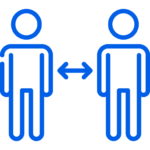
Social Distancing and Isolation
• Social distancing and staying at home continue to bring positives – with over 80% of our users finding it easy.
• Spending time with family continues to be top of the list when it comes to positives.
• Despite this, people continue to feel trapped and miss contact with other friends and family members.



